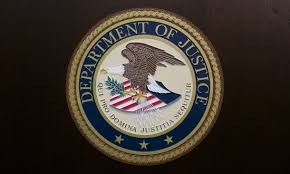Lessons Learned from Fresenius Medical FCPA Settlement (Part III of III)

Fresenius Medical’s FCPA settlement for $231 million demonstrates again the continuing vitality surrounding the FCPA Corporate Enforcement Policy – which provides a carefully constructed framework for encouraging voluntary disclosures and FCPA enforcement.
Fresenius earned a non-prosecution agreement and was not required to enter a deferred prosecution agreement and designate a subsidiary to plead guilty to an FCPA criminal offense. Additionally, given the geographic breadth of the bribery conduct and the extent of the bribery, a $231 million settlement was a good result for Fresenius.
The Fresenius FCPA enforcement action contains a number of important lessons learned:

Adequate Compliance Resources: As the largest dialysis company and service provider, Fresenius faced enormous risks, especially in its reliance on third parties and the large number of interactions with government physicians. Both DOJ and the SEC underscored a critical weakness in Fresenius’ compliance program – the lack of resources in relation to Fresenius’ risk profile. This is an important reminder, especially for pharmaceutical and medical device companies.
Third Parties and Third Parties: Throughout Fresenius Statement of Facts are instances where third parties facilitated and engaged in bribery. Adding to the complications was the fact that Fresenius managed its operations in a number of West African countries from a remote location – headquarters and later Morocco. This geographic separation would make it difficult for any compliance team to manage risks in these remote locations.
The factual presentation contains a laundry list of common third-party bribery schemes: equity interests given to foreign officials; consulting contracts for non-existent services; payments to sham charitable organizations; and payments to attend medical conferences. In two specific cases, bribery payments were funded through check cashing transactions involving employees and sharing of commission payments for collection of outstanding bills. These two mechanisms were unusual to say the least but are important reminders on the effort parties may expend to carry out bribery schemes.
Slow to Move: In many of the countries where Fresenius had clear indications of bribery, Fresenius managers failed to act – to take steps to investigate bribery allegations. If Fresenius had invested in a speak up culture, which emphasized proactive investigation and intervention, the extent of its problems may have been reduced. Instead, Fresenius suffered from a culture that allowed allegations of misconduct to crop up without proper responsive actions.

Destruction of Records: In many countries, when internal investigations were initiated, managers and employees destroyed documents. Such actions reflect an inadequate preservation hold procedures and an absence of a culture of compliance. In most cases, documents can be recovered, especially with current technology, and such conduct demonstrates a clear “consciousness of guilt.” Evidence of document destruction is probative of guilt and makes it easier to uncover misconduct; however, the willingness of Fresenius managers and employees to engage in such conduct was surprising.















